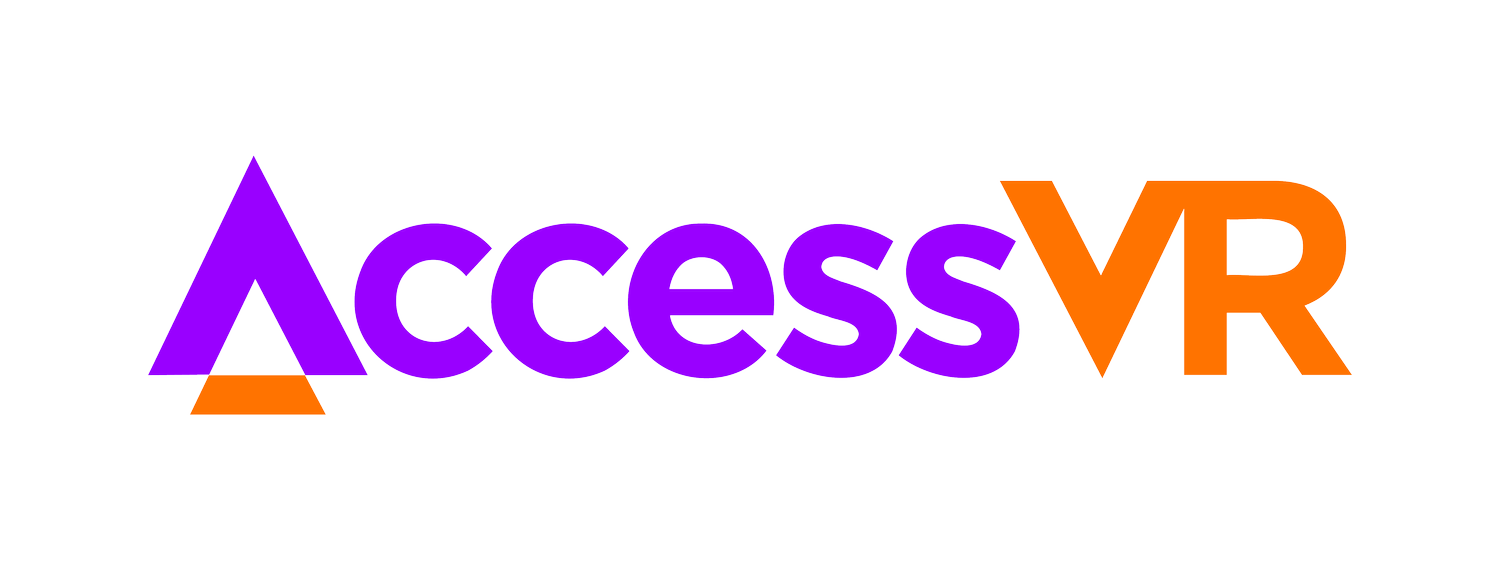What is immersive learning?
Immersive learning has been around since the beginning of time. We learn from our experience. In fact, 80% of what we know, we learned through our experiences.

With immersive learning students are…
4x
faster to train than in the classroom
3.75x
more emotionally connected to content than classroom learners
275%
more confident to apply skills learned after training
4x
more focused than their e-learning peers
Source: PwC
Adopting immersive technology at scale
Institutions and organizations are increasingly looking to immersive technology to improve their training and collaboration. The following guide provides a framework for designing and evaluating immersive experiences and adopting immersive technology for experiential learning at scale.
What is an immersive experience?
An experience where a person feels a deep sense of presence, created by sensory stimulation. This deep sense of presence can increase our ability to learn, when applied to experiential learning.
What is experiential learning?
Every person has learned much of what they know through personal experience, much of it occurring naturally. Simply put, experiential learning is the process of learning by doing.
80% of what we know, we learned from experience
Experiential Learning Model (ELM)
David Kolb’s Experiential Learning Model is a learning continuum in which learning experiences build upon one another to advance learning.
The most critical feature is learner self-reflection.
Learner-Centered Education
Learner-Centered Education gives the learner more control of the instructional process, leading to better outcomes, by transferring the responsibility from the teacher to the learner of both design and assessment.
How Can Technology Help?
Immersion does not depend on technology. However, new technologies can be highly effective at delivering immersion and benefit business by enabling scale and increasing ROI.
Extended Reality (XR)
XR technologies provide many benefits when transitioning from real-life simulations to immersive experiences, enabling scale accessibility, cost effectiveness, and rapid iteration, among others.
Virtual Reality (VR) is the most widely adopted XR technology. There are two kinds of VR applications today: 3 Degrees of Freedom (3DoF) and 6 Degrees of Freedom (6DoF).
Choosing the Right Technology
To determine which technology to use and how to apply it, we have to ask the right question.
“Given our learners and learning objectives, which immersive technologies will be most effective?”
Cognitive Load
Cognitive load is a function of instructional design and describes the ways in which our limited working memory is consumed by cognition. It is important to consider how introducing a novel technology can impact the learner’s cognitive load. Instructional designers should aim to optimize Extraneous Load and reduce Germane Load.
Intrinsic load: inherent difficulty of the subject
Extraneous load: method and design of instruction
Germane load: integrating/storing new knowledge
Designing Immersive Experiences
Designing immersive experiences for instruction does not require a wholesale reinvention of instructional design. Instructional design for immersive technology must embrace shorter production cycles, increasing the frequency of evaluation of how well the solution is delivering to learning objectives.
Remember: Technologists are not your instructional designers.
ADDIE Model
A framework for creating and improving instructional content.
Agile Mindset
Apply a flexible, iterative approach that prioritizes the impact to the learner over other preconceived ideas about success.
Make it.
Make it right.
Make it better.
Evaluating Immersive Experiences
Immersive experiences are best evaluated through the eyes of actual learners. Apply the following steps before, during and after each product iteration.
1. Establish a baseline for learners
Gauge existing familiarity with immersive technology in advance of the learning moment.
2. Formatively assess learning
Establish which data to collect to determine what the learner has learned.
3. Stimulate self-reflection
Incorporate engagement opportunities for self-reflection during and after the experience.
4. Determine the cognitive-affective state of the learner
Interest: Was their interest activated?
Motivation: Were they engaged?
Self-Efficacy: Did they believe they’d learn?
Embodiment: Did they have presence/control?
Cognitive-Load: Was load well-managed?
Self-Regulation: Did they focus on learning?
How Do I Create Immersion?
The Taxonomy of Immersive Experience (below) is a guide to assist in designing new immersive experiences or analyzing existing ones. It is intended to help you understand the different factors of immersion and provide inspiration for ways you can leverage these factors. The taxonomy includes categories of interactivity, embodiment, co-participation, story, dynamics, gamification, technology, meta-control, didactic capacity and data. For each category/element, a rubric of five degrees (0 to 4) is constructed to indicate the depth of each element and specify the degree to which the element is utilized. Each degree is considered autonomous and does not necessarily include the preceding degree, i.e., advancing from one degree to the next doesn’t assume all lower degrees are aggregately implemented as well, although it may sometimes be the case.
© Copyright AccessVR, LLC
Learn more about our immersive taxonomy
Roadmap to Scale
There is a logical progression to adding immersive experience to your training program. Begin by introducing simulations with live role players to increase immersion in your existing training. 360 video is a great first step for introducing immersive technology into your program. This will provide you with the insights you need to scale adoption within your organization. Next, expand your program with different modalities of experience and engagement. With this foundation, you can now invest in research and development with clarity and purpose.
Print your pocket guide
Print out your own personal pocket guide of the information above.











